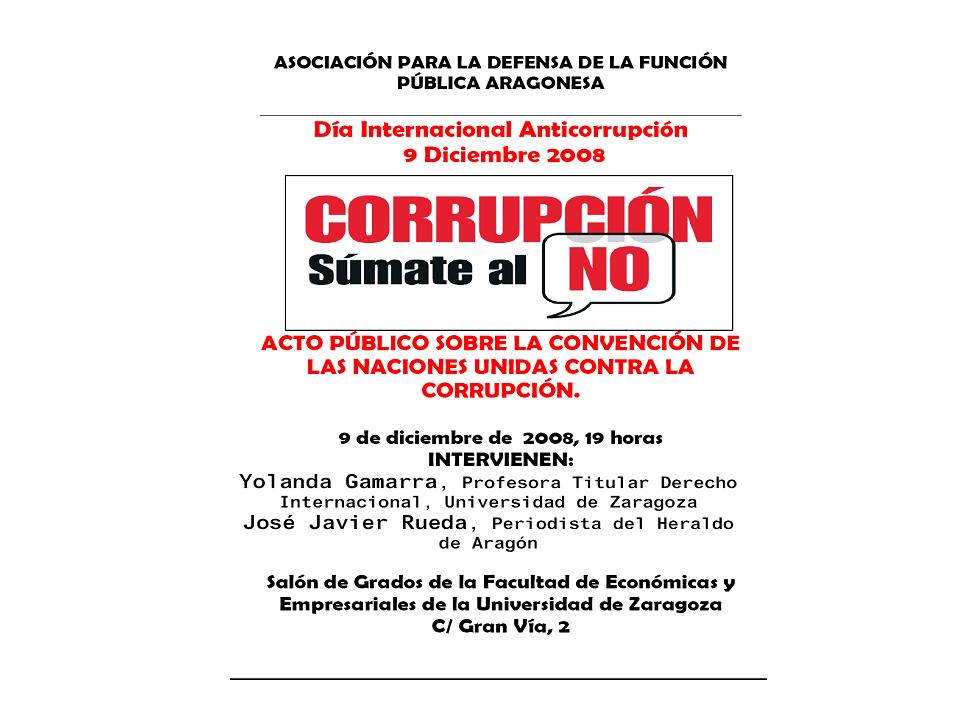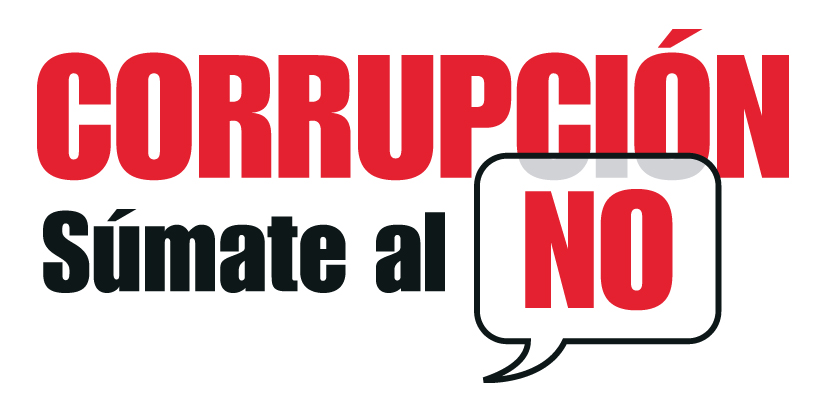Dejamos dicho análisis de detalla para futuras notas de este blog, y dejamos también para más adelante la petición al Departamento de Hacienda y Administración Pública de una aclaración sobre los efectivos reales de la Administración autonómica, dada la notable disparidad de los datos contenidos en ambos informes. Mientras tanto, seguimos a la espera del Boletín Estadístico de la Función Pública Aragonesa.
Like the battle of Waterloo, the battle for Scotland was a damn close-run thing. The effects of Thursday’s no vote are enormous – though not as massive as the consequences of a yes would have been.
The vote against independence means, above all, that the 307-year Union survives. It therefore means that the UK remains a G7 economic power and a member of the UN security council. It means Scotland will get more devolution. It means David Cameron will not be forced out. It means any Ed Miliband-led government elected next May has the chance to serve a full term, not find itself without a majority in 2016, when the Scots would have left. It means the pollsters got it right, Madrid will sleep a little more easily, and it means the banks will open on Friday morning as usual.
But the battlefield is still full of resonant lessons. The win, though close, was decisive. It looks like a 54%-46% or thereabouts. That’s not as good as it looked like being a couple of months ago. But it’s a lot more decisive than the recent polls had hinted. Second, it was women who saved the union. In the polls, men were decisively in favour of yes. The yes campaign was in some sense a guy thing. Men wanted to make a break with the Scotland they inhabit. Women didn’t. Third, this was to a significant degree a class vote too. Richer Scotland stuck with the union — so no did very well in a lot of traditonal SNP areas. Poorer Scotland, Labour Scotland, slipped towards yes, handing Glasgow, Dundee and North Lanarkshire to the independence camp. Gordon Brown stopped the slippage from becoming a rout, perhaps, but the questions for Labour — and for left politics more broadly — are profound.
For Scots, the no vote means relief for some, despair for others, both on the grand scale. For those who dreamed that a yes vote would take Scots on a journey to a land of milk, oil and honey, the mood this morning will be grim. Something that thousands of Scots wanted to be wonderful or merely just to witness has disappeared. The anticlimax will be cruel and crushing. For others, the majority, there will be thankfulness above all but uneasiness too. Thursday’s vote exposed a Scotland divided down the middle and against itself. Healing that hurt will not be easy or quick. It’s time to put away all flags.
The immediate political question now suddenly moves to London. Gordon Brown promised last week that work will start on Friday on drawing up the terms of a new devolution settlement. That may be a promise too far after the red-eyed adrenalin-pumping exhaustion of the past few days. But the deal needs to be on the table by the end of next month. It will not be easy to reconcile all the interests – Scots, English, Welsh, Northern Irish and local. But it is an epochal opportunity. The plan, like the banks, is too big to fail.
Alex Salmond and the SNP are not going anywhere. They will still govern Scotland until 2016. There will be speculation about Salmond’s position, and the SNP will need to decide whether to run in 2016 on a second referendum pledge. More immediately, the SNP will have to decide whether to go all-out win to more Westminster seats in the 2015 general election, in order to hold the next government’s feet to the fire over the promised devo-max settlement. Independence campaigners will feel gutted this morning. But they came within a whisker of ending the United Kingdom on Thursday. One day, perhaps soon, they will surely be back.
(Artículo de Martin Kettle, publicado en "The Guardian" el 19 de septiembre de 2014)




8 comentarios:
¿Cuántos somos en realidad? ¿No se sabe?
¿Tan difícil es de controlar?
¿No hay una magnífica herramienta de gestión llamada sirhga? ¿No costó una millonada?
¿no se controla entonces el gasto de personal?
¿Y cuántos sois en la Asociación?
¿Se puede saber?
Ni siquiera algo tan básico somos capaces de conocerlo.
Aragón cuenta cada año con menos personal público. Desde enero de 2010, cuando la Comunidad sumaba 93.275 trabajadores en las administraciones estatal y autonómica, ayuntamientos, diputaciones y centros universitarios, hasta enero de este año, el número de profesionales se ha visto reducido en 4.955 unidades.
Actualmente, Aragón tiene 88.320 efectivos en sus administraciones. De estos, 15.349 desarrollan su labor en la provincia de Huesca, 10.353 en la provincia de Teruel y el resto, 62.618, trabajan en las instituciones con sede en la provincia de Zaragoza. Desde CSI-F Aragón indican que "la mayor parte de esta reducción responde a la amortización de plazas y a las jubilaciones forzosas". A estas deben sumarse la "amortización de plazas y el cierre de centros, que genera un movimiento de trabajadores que acaba perjudicando a los interinos".
La última vez que el personal público en la Comunidad experimentó un crecimiento fue entre enero de 2009 y el mismo mes de 2010 -ya en plena crisis-, cuando se pasó de 89.191 trabajadores a 93.275. Desde entonces, la cifra no ha dejado de caer.
Las administraciones locales (ayuntamientos y diputaciones provinciales) son las que más han acusado este descenso. Han pasado de tener 19.841 efectivos en el año 2010 a contar con 17.763 en el presente año (un 10,47% menos).
Los trabajadores de la administración del Estado en la Comunidad han sufrido una caída algo menor en términos porcentuales. Si hace tres años contaba con 24.556 funcionarios, actualmente la cifra es un 5,66% menor, es decir, 23.165 trabajadores.
La administración autonómica y sus diferentes sociedades han reducido en este trienio un 3,52% su personal. En términos absolutos son las que más trabajadores han perdido (1.546), aunque siguen siendo las que más tienen (en la actualidad cuentan con 42.319 profesionales).
Sólo ha crecido en estos tres años (apenas un 1,18%) el personal público en los centros universitarios. Mientras en 2010 la Universidad de Zaragoza y sus escuelas adscritas sumaban 5.013 empleados, en la actualidad el guarismo es superior: 5.073.
HERALDO DE ARAGON
Publicar un comentario